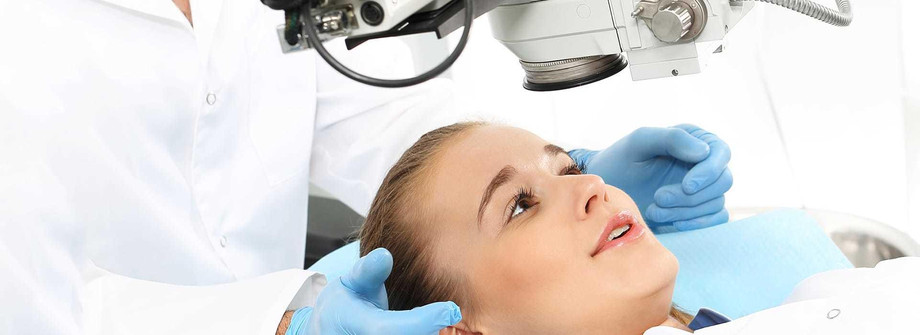Clarity Beyond Cloudiness: Understanding Cataract Surgery and Restoration of Vision
Cataracts, a common age-related condition, cloud the lens of the eye, leading to blurred vision and often impacting daily activities. Cataract surgery stands as a transformative intervention, offering a path to restoring clear vision and enhancing quality of life. Let's delve into the world of cataract surgery, exploring its procedures, advancements, and the renewed vision it brings to those affected.
Understanding Cataracts:
Cataracts occur when the eye's natural lens becomes cloudy, hindering the passage of light and causing vision impairment. Factors like aging, genetics, UV exposure, and certain medications contribute to cataract development. Symptoms include blurry vision, faded colors, glare sensitivity, and difficulty with night vision.
Evolution of Cataract Surgery:
Cataract surgery has evolved significantly from its early days. What was once a complex and lengthy procedure has transformed into a quick, highly effective surgery. Today, it's one of the most common and successful surgical procedures worldwide, restoring clear vision for millions.
Modern Cataract Surgery Techniques:
Phacoemulsification: This technique involves creating a tiny incision in the eye and using ultrasound energy to break up the cloudy lens, which is then removed through suction. An artificial intraocular lens (IOL) is inserted to replace the removed lens, restoring clear vision.
Femtosecond Laser-Assisted Cataract Surgery: Laser technology aids in creating precise incisions in the cornea, breaking up the cataract, and assisting in the placement of the IOL. It offers enhanced precision and customizable incisions tailored to each patient's eye anatomy.
Benefits of Cataract Surgery:
Improved Vision: Cataract surgery aims to restore clear vision, enhancing the ability to perform daily activities, drive, and appreciate visual details.
Reduced Dependency on Glasses: Advanced IOLs offer options for reducing dependency on glasses or contact lenses by correcting refractive errors like nearsightedness, farsightedness, and astigmatism.
Quick Recovery: Most patients experience rapid recovery following cataract surgery, with minimal discomfort and the ability to resume normal activities within a few days.
High Success Rates: Cataract surgery boasts high success rates, with the majority of patients experiencing significant vision improvement and satisfaction with the outcomes.
Types of Intraocular Lenses (IOLs):
Monofocal IOLs: These lenses provide clear vision at a single distance, typically chosen to optimize distance vision, requiring glasses for near activities.
Multifocal and Accommodating IOLs: These advanced lenses offer a range of focus, enabling improved vision at multiple distances, reducing the need for glasses in various activities.
Toric IOLs: Specifically designed to correct astigmatism, these lenses address both cataracts and astigmatism, reducing reliance on corrective lenses.
Considerations and Preparation:
Before surgery, an ophthalmologist assesses the eye's health, measures vision, and discusses the procedure, IOL options, and any concerns. Patients might need to temporarily stop certain medications and prepare for post-operative care instructions.
For More Info:-

Comments
Post a Comment